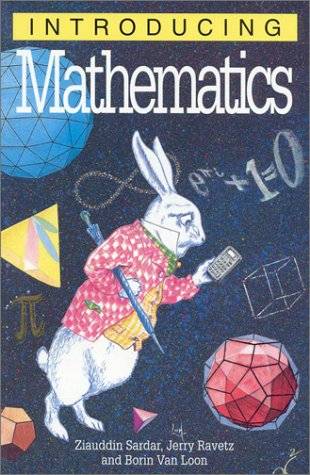
Introducing Mathematics
Check my rate
| Main centres: | 1-3 business days |
| Regional areas: | 3-4 business days |
| Remote areas: | 3-5 business days |

| Main centres: | 1-3 business days |
| Regional areas: | 3-4 business days |
| Remote areas: | 3-5 business days |
Published by Icon, Totem Books, 1999, softcover, illustrated, index, 176 pages, condition: very good.
Contrary to most people's perceptions of math as a soulless world of gray individuals, in reality the course of mathematics reveal frequent dramatic conceptual changes. Here is an introduction to the subject that highlights the major turning points.
his wont make me a mathematician, but it provides a useful history of how mathematics developed and what are some of its limitations. In telling the story, the authors go from county to country, showing how math developed in Europe, China, India, and Islamic countries and among Indigenous people. They show the tasks that math was to solve and the different symbols that arose as a way of keeping a record. There was a need to count but there was also a need to calculate. The development of prime numbers and the decimal system arising from our ten fingers. There are informative sections on probability and statistics. There is also a problem of the infinite which seems to be a mathematical paradox. This seems to be an unresolved problem for future mathematicians. The many aspects of mathematics are challenging. The end of the book talks about the ethnocentrism of European math where they ignore the contributions of other countries or adopt them as their own.. As always, there is an annotated bibliography that makes you want to read further. The images were useful guides throughout the books.